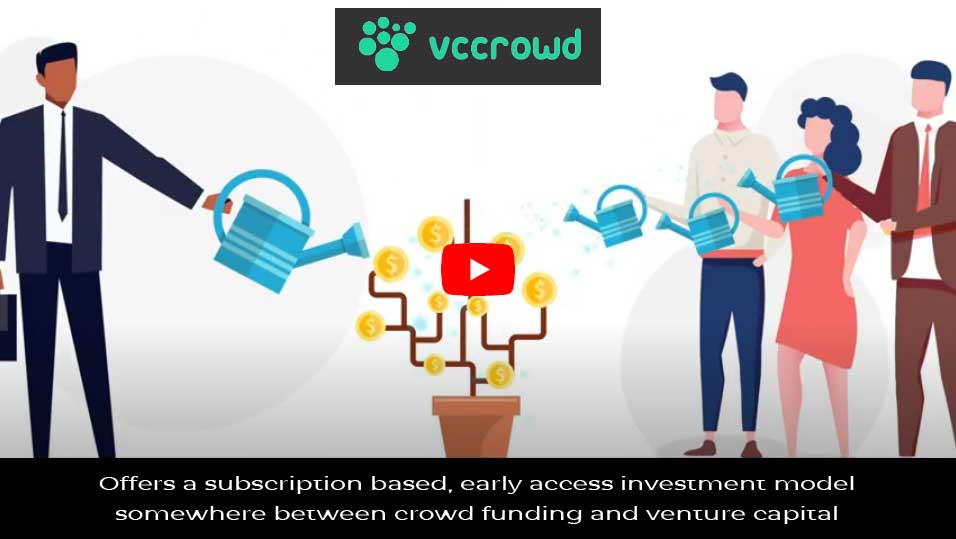In the realm of social impact and nonprofit work, the quest for sustainable, innovative solutions to society’s challenges is ceaseless. As someone entrenched in the mission to address food insecurity, I have come to appreciate the indispensable role of intrapreneurship within our sector. This approach, which champions the spirit of entrepreneurship within existing organizations, is not just beneficial; it is vital for recruiting and retaining the talent that will drive our missions forward.
I first learned of this concept from Professor Arthur C. Brooks’ nonprofit management course at the Harvard Kennedy School. Intrapreneurship encourages individuals within organizations to leverage their creativity, resourcefulness, and passion to develop innovative solutions from within. It also emphasizes recruitment and retention of top-tier talent.
As Louis Gump puts it in his new book, The Inside Innovator: A Practical Guide to Intrapreneurship, “an intrapreneur creates value through innovation and growth, inside a larger organization.” Celebrated intrapreneurs include the 3M scientist who wanted to create a bookmark that wouldn’t move and ended up inventing Post-it Notes, the Google engineer who came up with the idea for Gmail, and the Sony employee dissatisfied with his daughter’s Nintendo who developed the PlayStation.
The intrapreneurial mindset–acknowledged as a big deal in the business world – might be even more essential in the social impact space, where resources are often limited but the need for effective solutions is vast. One example is the American Heart Association’s Alliance for Healthier Generation, which has increased access to nutritious food, high-quality physical activity, social-emotional support, and tobacco-free environments for tens of millions of children. Another example–noted in Gump’s book–is the Junior Achievement’s JA BizTown program, which teaches younger students about being citizens, workers, and consumers in society.
But it’s much harder to dig up examples of intrapreneurship in the nonprofit world than it is in the for-profit world. We don’t hear nearly enough about intrapreneurs innovating within nonprofits. Intrapreneurship isn’t widely championed, or generally considered to be part of nonprofits’ DNA.
That’s because embracing and trumpeting nonprofit intrapreneurship has the potential to attract strong and innovative performers to a sector that would benefit from them. This is especially important for a new generation of workers who seek more than just a paycheck and are driven by a desire to make a difference in the world. By creating roles that offer the autonomy to innovate and the opportunity to contribute directly to the organization’s mission, nonprofits can appeal to this altruistic drive. Furthermore, fostering a culture of intrapreneurship demonstrates a commitment to personal and professional growth, making organizations more attractive to people who are not just looking for a job, but are seeking a career driven by purpose.
In our 3 ½ years of existence, our nonprofit–Dion’s Chicago Dream–has purchased, packed, and delivered over 1 million pounds of fresh fruits and vegetables to households that don’t always know where their next healthy meal is coming from. Trust me–we’ve been busy! But our Chief Operating Officer, Danielle Parker, took the intrapreneurial path. She developed and spearheaded the launch of our Food is Medicine program in partnership with the Cook County Medicaid health plan CountyCare and the telenutrition company Foodsmart. She created a new and growing revenue stream while expanding our ability to deliver fresh produce to people who need it. We are thrilled that our organization is the kind of place where Danielle could bring a great idea to fruition–and earn herself a promotion to Vice President in the process.
Intrapreneurship in the nonprofit sector is a testament to the resourcefulness and resilience of those committed to social good. It challenges the misconception that innovation is the sole domain of the private sector, showcasing how social organizations can be at the forefront of developing groundbreaking solutions to some of our most pressing issues. By investing in the development of intrapreneurial skills among our staff, we enhance our organizational capacity while building a culture of continuous improvement and learning.
The path to fostering intrapreneurship is not without its challenges. It requires a shift in mindset, from a traditional hierarchical approach to one that values collaboration, experimentation, and risk-taking. Leaders must be willing to provide the necessary resources and support, creating a safe environment for innovation to thrive. This means allowing room for failure – and viewing it as a valuable part of the learning and development process.
By embracing intrapreneurship, the nonprofit sector can unlock the potential of our organizations and our people, driving forward with solutions that are as dynamic and multifaceted as the challenges we aim to address. The importance of recruiting and retaining talented, resourceful leaders who can navigate and innovate within this space cannot be overstated.
The call to action for nonprofits and social impact organizations is clear: cultivate an intrapreneurial culture that attracts, nurtures, and retains the visionary leaders of tomorrow. It is through their creativity, determination, and innovative spirit that we will continue to push the boundaries of what is possible, making significant strides toward a more equitable and just world. Intrapreneurship is not just a strategy; it is a necessity for those committed to making a lasting impact.
The post Embracing Intrapreneurship: A Nonprofit Game Changer first appeared on The ENGAGE Blog.













